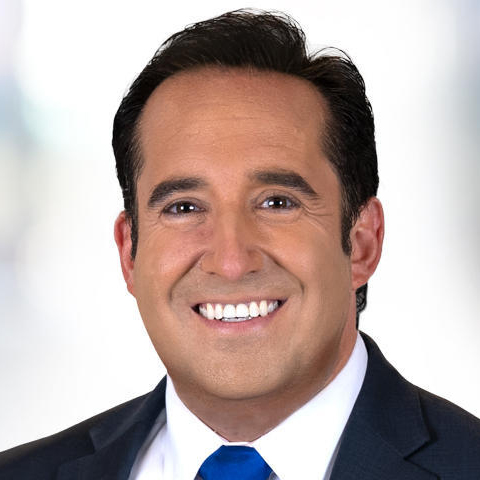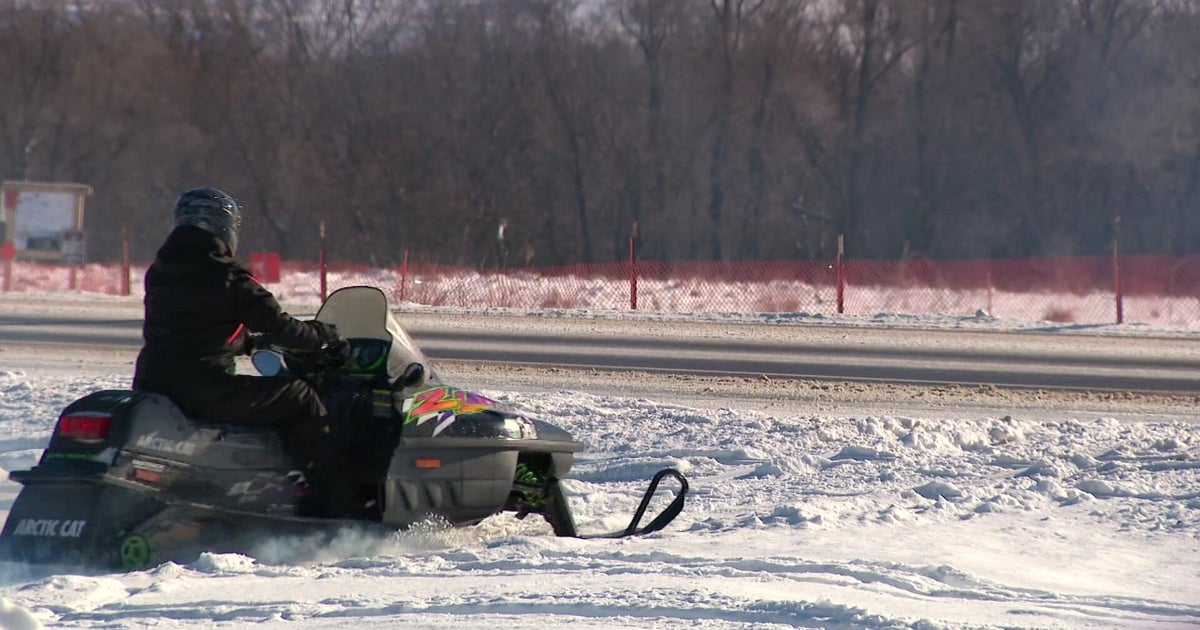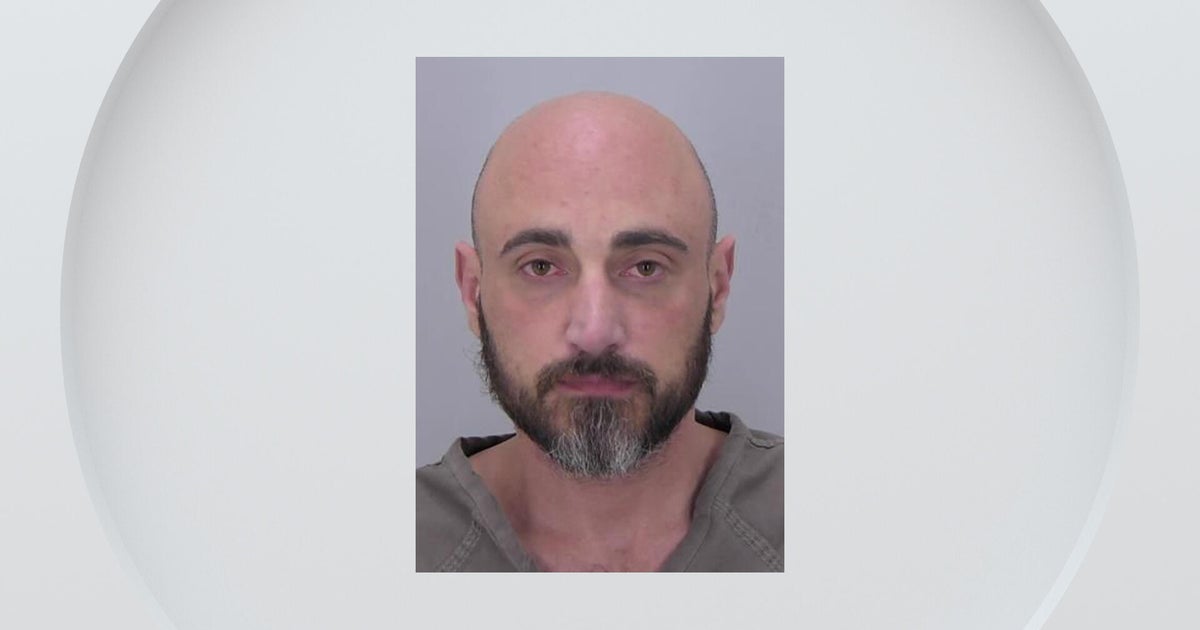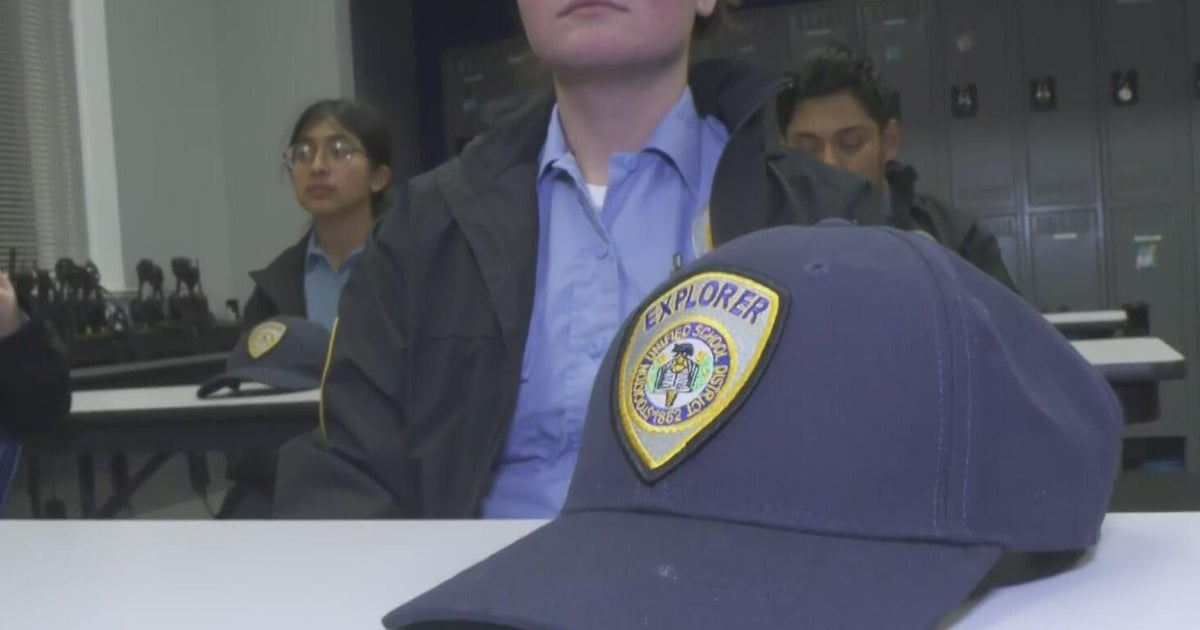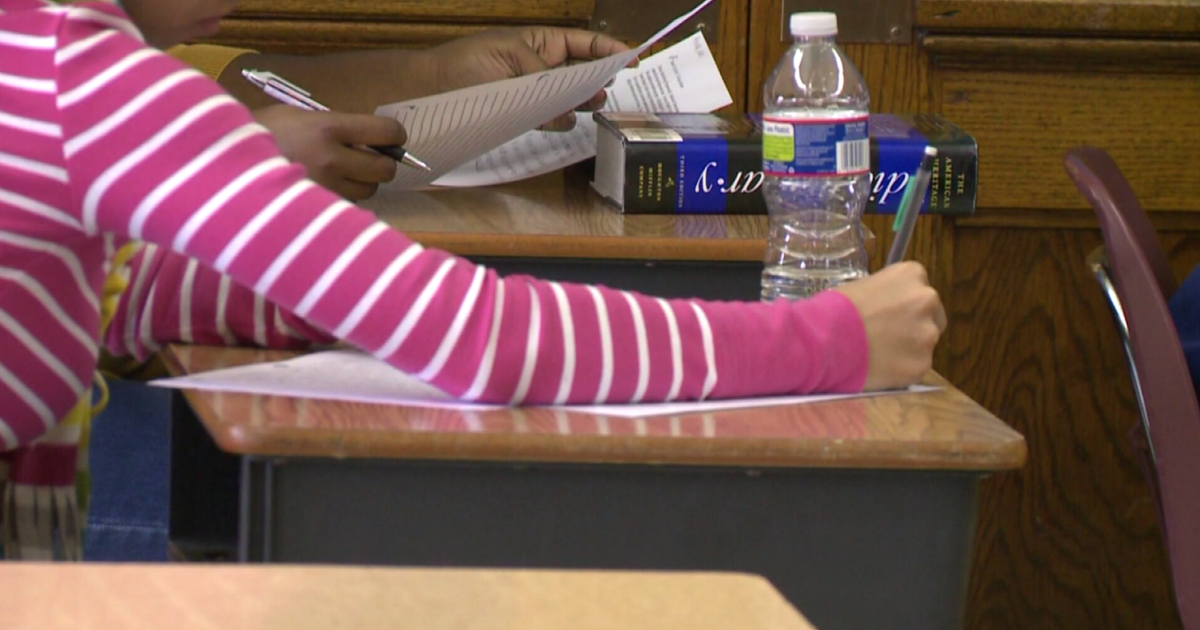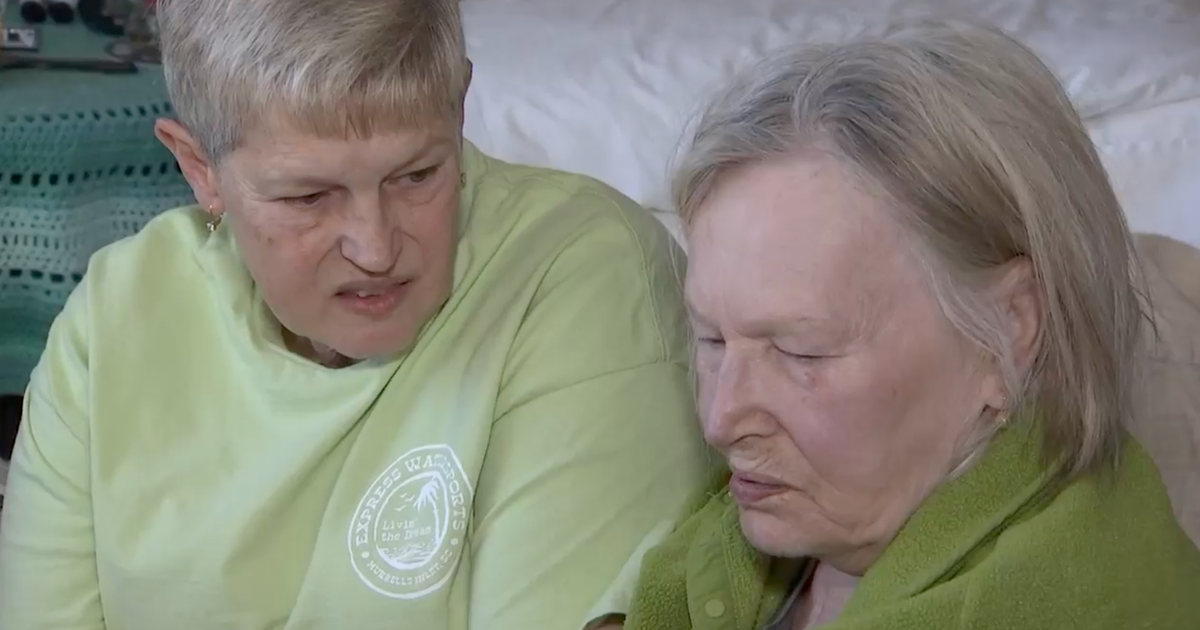What the data shows about Minnesota's school building gap
MAPLE GROVE, Minn. — CBS News has uncovered a wide gap in funding for school buildings and maintenance across the country and in Minnesota.
Schools are more than just places where kids learn. It's where they live during the days of their most formative years.
John Morstad is the executive director of finance and operations at Osseo Public Schools.
"What we don't have is a lot of those spaces for a counselor, a social worker, mental health professional," Morstad said.
Osseo Senior High School, built in the 1950s, is outdated. Maple Grove High School was built in the 1990s, but it's now overcrowded.
The district is asking voters this fall to support a bond referendum worth more than $220 million for a district-wide makeover.
"Today, the needs of students have become so much more individualized and specialized, yet we're trying to fit those updates into the same exact space that we had," Morstad said. "It's a lot more about flexibility and being able to adapt spaces to meet those needs, and know that today's learning in 20 years is gonna be different."
They're not alone. Many U.S. public school facilities need at least a facelift, with half needing updates or replacements, according to the U.S. Government Accountability Office.
How, when, and if that construction gets paid for, though, is how some school districts like Osseo feel left alone.
Consider this case study. Osseo is a district of some 20,000 students, the majority from minority communities, and more than 40% who would have been eligible for free and reduced lunches.
According to the latest data from the U.S. Department of Education, Osseo spends about $1,500 per student on capital improvements and operations, and it gets another $175 in aid from the state.
Now compare that to South Washington Schools on the other side of the metro. It's about the same size, but demographically it's not as diverse, with fewer students who would need free or reduced lunches.
The district, though, spends an extra $1,000 per student on infrastructure than Osseo, and gets $40 more in state aid.
And this is just one example. Across Minnesota, our joint CBS and WCCO news analysis found that the state's wealthiest districts invested about 16% more per student on construction and renovation.
But if you think that's unfair, it's much worse across the country — a 55% gap.
You don't have to know calculus to see there's a problem here. However, understanding the nuances and complexity of school funding could be its own college course, and state officials maintain this data does not tell the whole story.
Education is by far the largest portion of the state budget, but that generally covers teachers, curriculum, and operations. State taxpayers generally don't pay for school construction — the local taxpayers do. And the primary driver of that is property values.
"Every district tells a different story. We can't necessarily compare district to district because they may qualify for different types of revenue, and we have to really dig into each one of those," said Cathy Erickson with the Minnesota Department of Education.
Those other revenue sources include the billions of dollars in COVID relief, plus an extra $300 million the legislature just added to what's called compensatory funds — money specifically earmarked to help close the gaps of income disparity.
"As we have school districts and school buildings that have a higher income disparity, they'll see more revenue, and they'll have more opportunity to use that within those buildings to help increase achievement," Erickson said.
So districts like Osseo will get more money for things that other districts won't, but that still won't put shovels in the ground. If the district wants change. they'll have to do it themselves.
"We're trying to make those improvements so that the kids in schools today, when their kids come here, they go, 'Hey, I helped make that happen,'" Morstad said.
Voters in Osseo head to the polls on Nov. 7.
